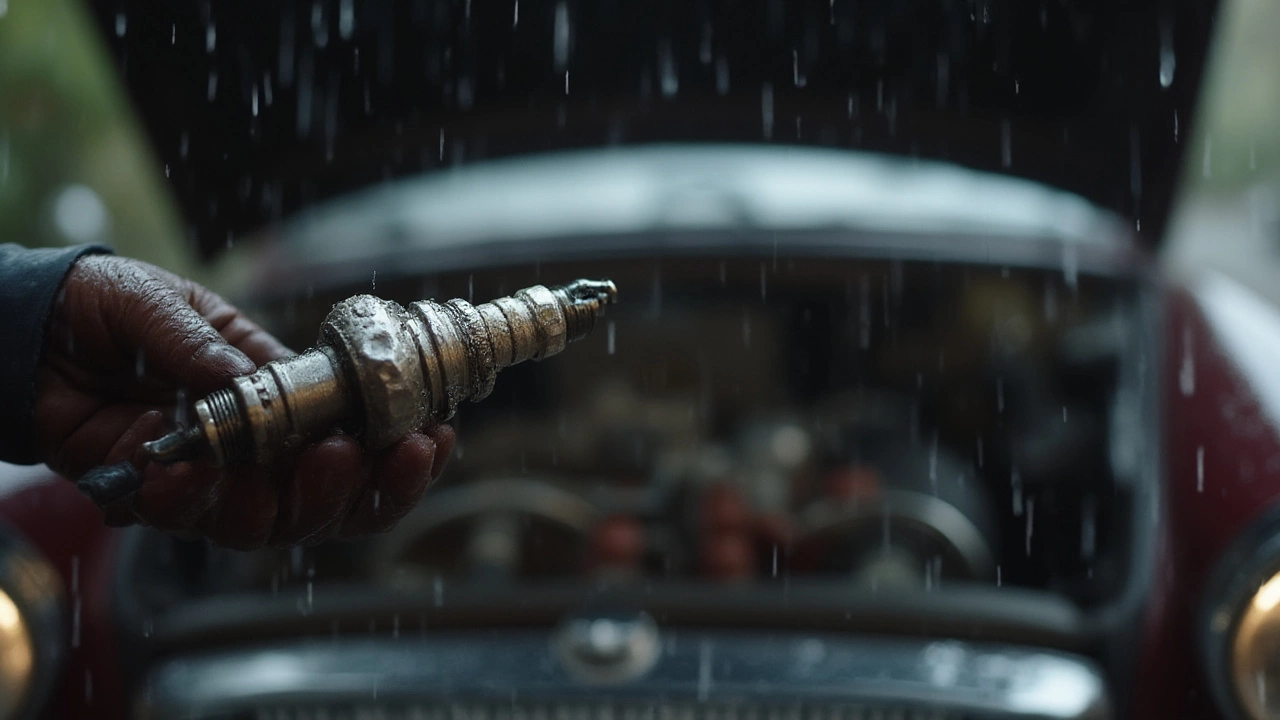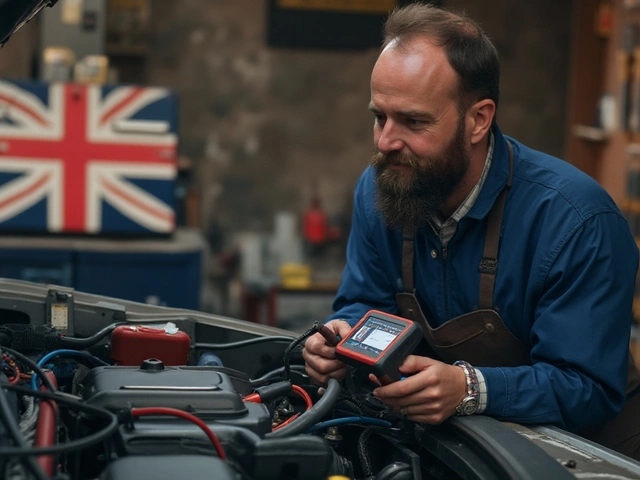Car Ignition Basics and Quick Fixes
If your engine won’t turn over or feels rough when you start it, the ignition system is probably to blame. Getting a grip on how it works and what can go wrong saves you time, money, and a lot of frustration. Below you’ll find clear, step‑by‑step advice you can use right away, whether you’re in the garage or on the side of the road.
How the Ignition System Works
Think of the ignition system as the spark that lights the fire inside your engine. The key parts are the battery, ignition coil, spark plugs, and the control module. When you turn the key, the battery sends a burst of electricity to the coil, which amps it up and sends it to the spark plugs. The plugs then create a spark that ignites the fuel‑air mixture in each cylinder, making the pistons move.
Everything needs to be in sync. A weak battery, fouled spark plug, or a misfiring coil can stop the spark dead in its tracks. Knowing which piece to check first cuts the guesswork.
Common Ignition Problems and Easy Checks
Fouled spark plugs are the most frequent culprit. If you notice rough idling, a loss of power, or a hard start, pull the plug wires and inspect the plugs. Look for black carbon deposits, oil fouling, or cracked insulators. Replacing them is cheap and often solves the issue.
Battery health matters more than you think. A low voltage battery can’t supply enough power to the coil. Use a multimeter; read above 12.6 V when the engine is off and over 13.8 V when it’s running. If it’s lower, give the battery a charge or replace it.
Ignition coil problems can cause intermittent sparks. If the engine stalls randomly or the check‑engine light flashes, the coil might be failing. A quick coil swap (if you have a spare) can confirm the fault.
Fuel pump issues also show up as ignition trouble. A weak pump can starve the engine of fuel just when the spark tries to fire. Listen for a faint whirring sound from the rear of the car when you turn the key to the “on” position. No sound? Test the pump’s pressure or have a professional check it.
For those who love to dig deeper, our post “Do Spark Plugs Really Improve Engine Performance?” explains how plug type and heat range affect power. And “How to Test a Fuel Pump: Step‑by‑Step Guide for Accurate Diagnosis” walks you through a simple pressure test.
When you’ve checked plugs, battery, coil, and fuel pump and the car still won’t start, the problem may lie in the control module or wiring. Look for corroded connectors or loose wires. A quick spray of contact cleaner can restore a poor connection.
Regular maintenance makes all this easier. Swap spark plugs every 30 000 – 50 000 km, keep the battery terminals clean, and inspect the ignition wires for cracks. A little attention now prevents a big hassle later.
Got a specific symptom? Our article “Bad Spark Plug Symptoms and Effects” breaks down exactly what each warning sign means. And if you suspect a deeper issue, “Clutch vs Transmission Problems” helps you rule out other drivetrain problems that can mimic ignition failure.
Remember, a car ignition problem is rarely a mystery. Start with the easy checks—plug condition, battery voltage, coil health—and you’ll often find the fix without a costly shop visit. Keep this guide handy, and you’ll stay ahead of any starting woes.
 1 August 2025
1 August 2025
Can a Car Run Without Spark Plugs? Essential Facts for Car Owners
Dive into the facts: Can your car actually run without spark plugs? Learn the role of spark plugs, what happens if they fail, and which engines do things differently.






0